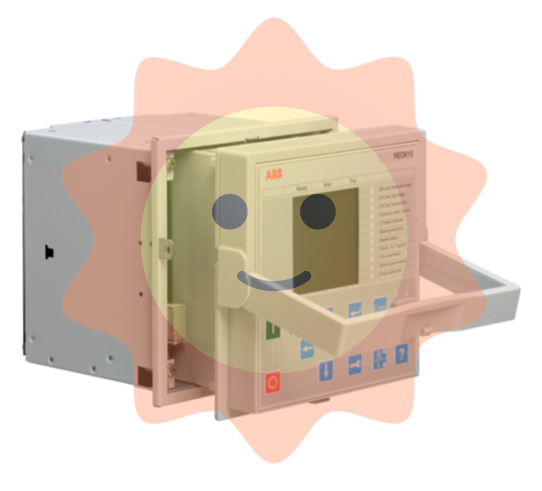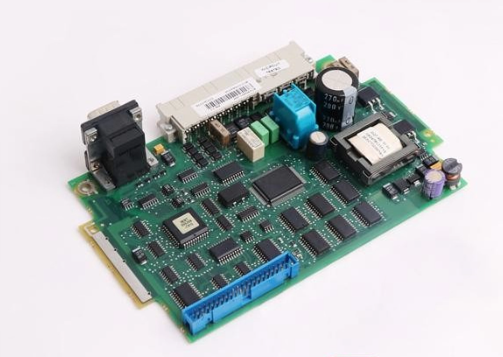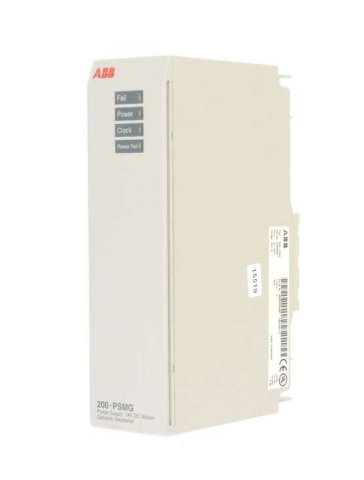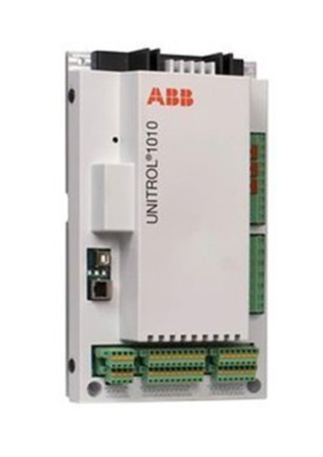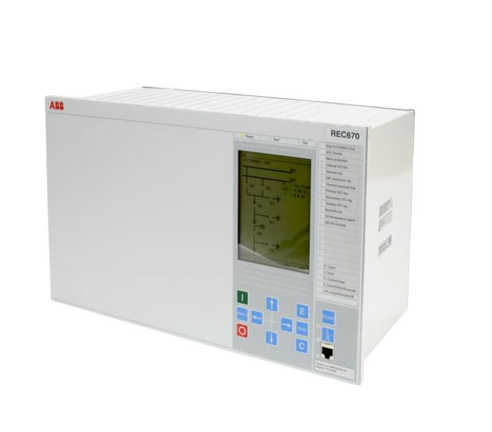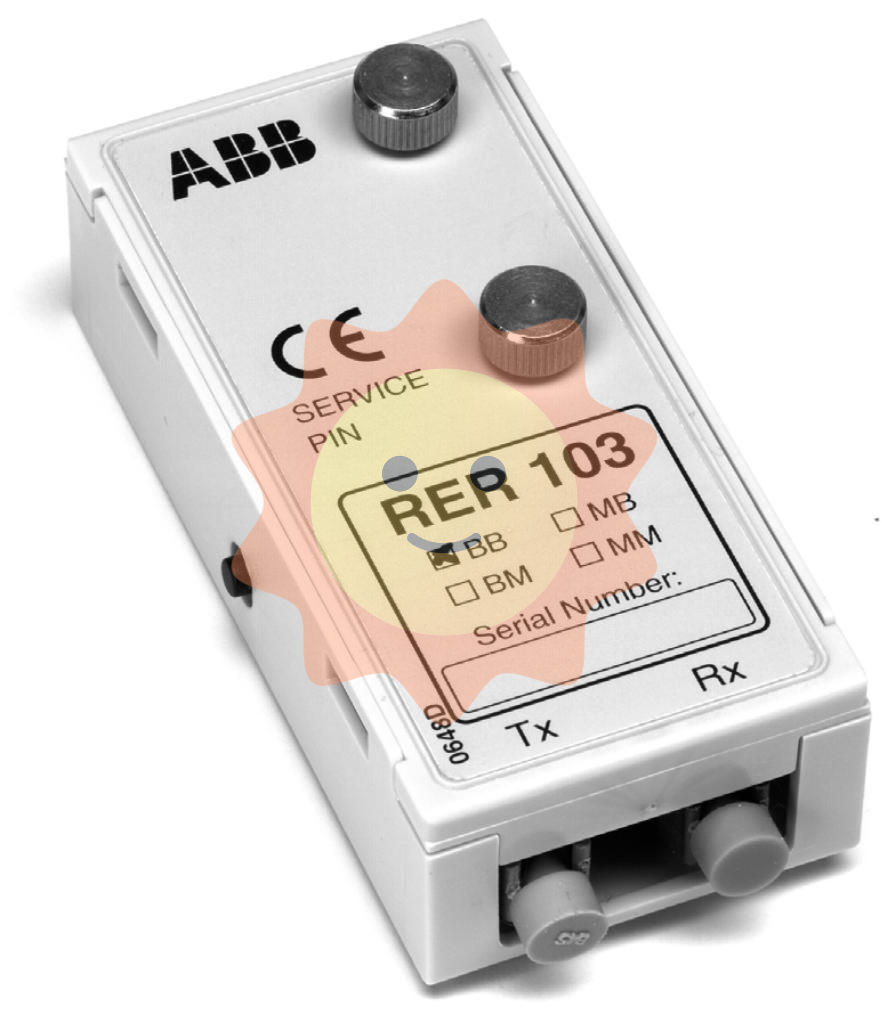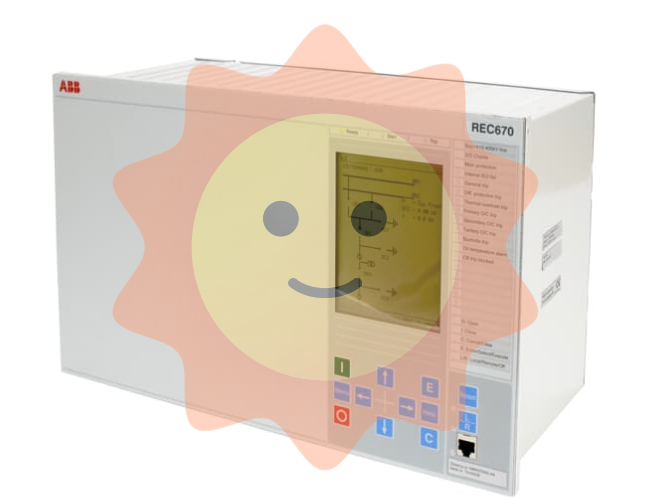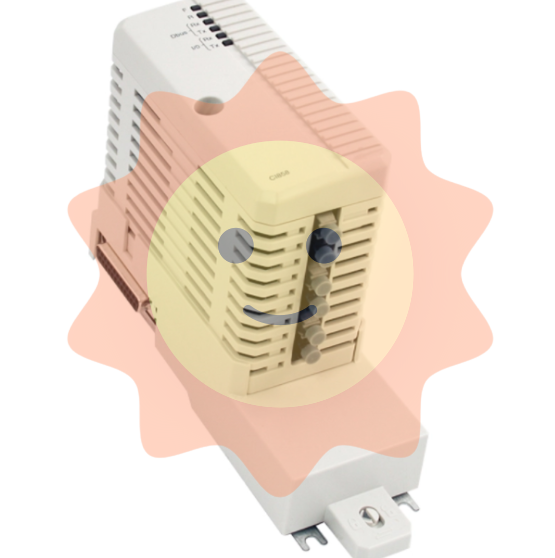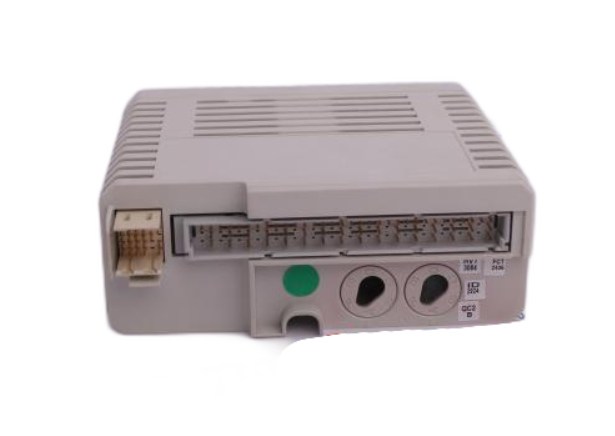Watlow Series 93 Controller
Watlow Series 93 Controller
Product Core Information
The Watlow Series 93 is a 1/16 DIN microprocessor based temperature controller with a single input dual output design. It supports J, K, T, N, S-type thermocouples, RTDs, or process signal (0-5V DC, 4-20mA) inputs, and outputs can be configured for heating, cooling, alarm, or shutdown functions. It has both PID and switch control modes and is suitable for industrial temperature control scenarios. The product complies with ISO 9001 standards, has an IP65 (NEMA 4X) protection level (optional), supports CE certification, provides a 3-year warranty, and is equipped with dual four digit red or green display screens by default, making it easy to operate.
Core functions and technical details
(1) Control mode and algorithm
PID control
Proportional band (Pb): The range can be set to 0-555 ° C (or ° F/unit), and it automatically switches to switch control when Pb=0; Under the SI unit, it is displayed in "% range" (0.0-999.9%), with a default value of 3%. The smaller the value, the higher the control sensitivity.
Integral/Reset (It/rE): Integral time 0.1-99.9 minutes/time (SI), reset frequency 0.01-99.9 times/minute (US), default 0, used to eliminate static deviation (droop) and avoid deviation from the set value after temperature stabilization.
Differential/Rate (dE/rA): 0.01-99.9 minutes, default 0, suppresses overshoot by predicting temperature trends, suitable for thermal systems with fast heating rates and high inertia.
Cycle time (Ct): 0.1-999.9 seconds, default 5 seconds. It is recommended to extend the cycle for mechanical relays to reduce contact wear, while solid-state relays can shorten the cycle to improve control accuracy.
Self tuning function
Trigger method: Set the [AUt] parameter in the operation menu (0=off, 1=slow, 2=medium, 3=fast), press the forward button to start, and after starting, the lower display screen will alternate between "[AUt]" and the current parameter.
Working principle: Based on 90% of the set value, the system's thermal characteristics are "learned" through 4 cross temperature points, and the optimal PID parameters are automatically calculated; If 4 crosses are not completed within 80 minutes, automatically exit and maintain the original parameters.
Applicable scenarios: Slow mode is suitable for scenarios where heating is slow and overshoot is not allowed (such as laboratory reactors), while fast mode is suitable for industrial heating furnaces and other scenarios where the set value needs to be quickly reached.
switch control
When the PID proportional band is set to 0, it is enabled, and the switching difference is defined by the [` HSC] parameter (1-55 ° C/1-99 ° F, default 2 ° C/3 ° F). When the temperature is below the set value - difference, the output is turned on, and when it is above the set value+difference, the output is turned off. It is suitable for scenarios with low control accuracy requirements (such as warehouse insulation).
(2) Alarm and safety functions
Alarm type configuration
**Process alarm ([PrA]/[Pr]) * *: Based on absolute temperature triggering, [ALO] (low alarm threshold, default range low limit) and [AHI] (high alarm threshold, default range high limit) need to be set in the operation menu. [PrA] will flash the alarm information, and [Pr] will only trigger the output without display.
**Deviation alarm (dEA/dE) * *: triggered based on the deviation of the set value, [ALO] range -999-0 (deviation below the set value), [AHI] range 0-999 (deviation above the set value), the alarm threshold automatically follows when the set value changes (e.g. set value of 100 ° F, deviation+7 ° F, alarm trigger point is 107 ° F).
Alarm auxiliary function
**Locked ([LAt]) * *: [LAt] (locked) needs to be manually cleared by pressing the infinite key, [` nLA] (non locked) will automatically clear when the temperature returns to the safe range, default is non locked.
**Silent (SIL) * *: Only deviation alarm is supported. When set to "On", press the infinite key to activate the alarm output when powered on. Even if the temperature exceeds the difference after activation, the alarm output will remain closed until the temperature returns to the safe range and the triggering ability is restored.
Hysteresis (HSA): 1-5555 ° C (or ° F/unit), default 2 ° C/3 ° F, to avoid frequent alarms caused by temperature fluctuations near the alarm threshold (e.g. alarm threshold of 100 ° C, hysteresis of 2 ° C, temperature drops below 98 ° C before the alarm is released).
(3) Auxiliary control function
Slope heating (rP)
Supports two modes: [Str] (only slopes from the current temperature to the set value when powered on), [On] (also slopes when the set value changes), with a ramp rate range of 0-9999 °/hour (default 100 °/hour), and the lower display screen alternately flashes "rP" and the target set value during the ramp process.
Applicable scenarios: To avoid damage to heating elements due to instantaneous high temperatures (such as glass melting furnaces), and to prevent deformation of workpieces due to excessive temperature differences (such as metal heat treatment).
- EMERSON
- Honeywell
- CTI
- Rolls-Royce
- General Electric
- Woodward
- Yaskawa
- xYCOM
- Motorola
- Siemens
- Rockwell
- ABB
- B&R
- HIMA
- Construction site
- electricity
- Automobile market
- PLC
- DCS
- Motor drivers
- VSD
- Implications
- cement
- CO2
- CEM
- methane
- Artificial intelligence
- Titanic
- Solar energy
- Hydrogen fuel cell
- Hydrogen and fuel cells
- Hydrogen and oxygen fuel cells
- tyre
- Chemical fiber
- dynamo
- corpuscle
- Pulp and paper
- printing
- fossil
- FANUC
- Food and beverage
- Life science
- Sewage treatment
- Personal care
- electricity
- boats
- infrastructure
- Automobile industry
- metallurgy
- Nuclear power generation
- Geothermal power generation
- Water and wastewater
- Infrastructure construction
- Mine hazard
- steel
- papermaking
- Natural gas industry
- Infrastructure construction
- Power and energy
- Rubber and plastic
- Renewable energy
- pharmacy
- mining
- Plastic industry
- Schneider
- Kongsberg
- NI
- Wind energy
- International petroleum
- International new energy network
- gas
- WATLOW
- ProSoft
- SEW
- wind
- ADVANCED
- Reliance
- YOKOGAWA
- TRICONEX
- FOXBORO
- METSO
- MAN
- Advantest
- ADVANCED
- ALSTOM
- Control Wave
- AB
- AMAT
- STUDER
- KONGSBERG
- MOTOROLA
- DANAHER MOTION
- Bently
- Galil
- EATON
- MOLEX
- Triconex
- DEIF
- B&W
- ZYGO
- Aerotech
- DANFOSS
- KOLLMORGEN
- Beijer
- Endress+Hauser
- MOOG
- KB
- Moxa
- Rexroth
- YAMAHA


Email:wang@kongjiangauto.com





























































































